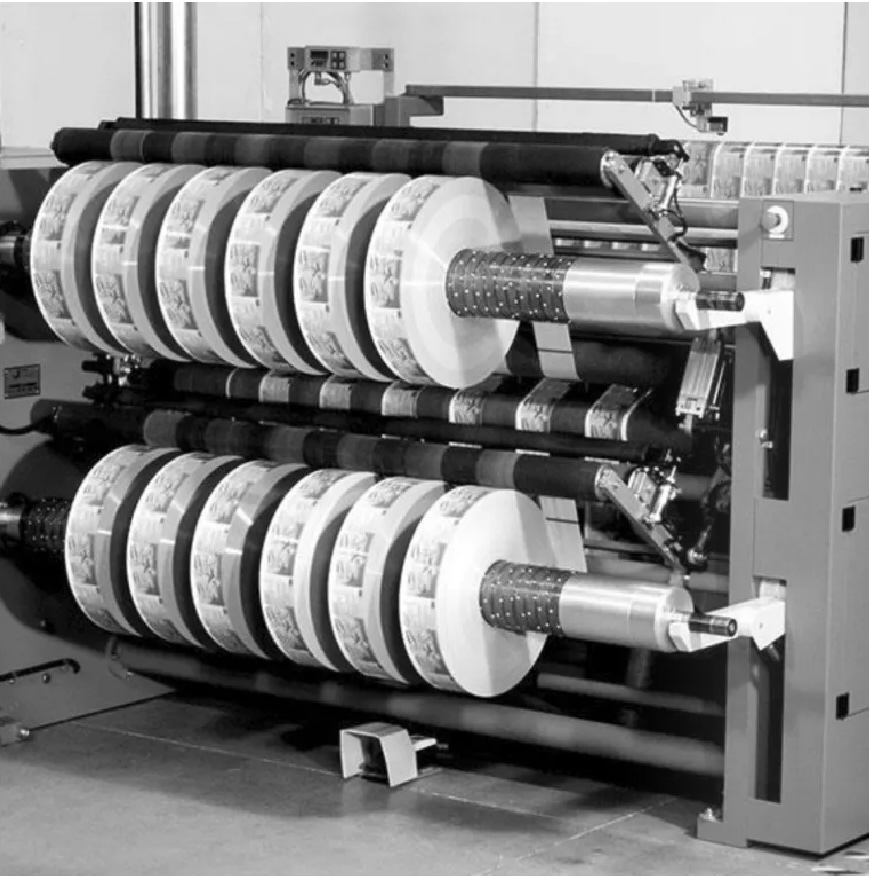The Balancing Act of Equipment, Labor and Raw Materials
- Published: October 14, 2024

By Susan Stansbury
Decisions made around equipment selection are wrapped in plans for products where labor and raw materials are major in-puts. Whether the producer is in commodity or specialty markets, these factors are sorted.
In talking with industry leaders, I heard these perspectives:
- Equipment investment is driven by markets served. One executive noted that, in a specialty products focus, "We invest in faster processing and equipment that supports our workforce."
- Automation can support very specific converted products, but it may be too narrowly directed within the factory. Other investments that serve a wider range of converted output may be a better choice.
- Converters who do not make the final, finished product consider the most efficient ways to process materials where packaging equipment is not always on the table.
A Contemporary Example
Cellucomp is working to "unlock the potential of microfibrillated cellulose (MFC) from sugar beet fiber." In this endeavor, equipment, labor and raw materials are compared. This new MFC material has applications in packaging, food, cosmetics and coatings. It can replace synthetic and non-renewable materials. Its abundance and high cellulose content are key benefits. These are the elements, according to Chris Plotz of Cellucomp...
- Equipment: The engine of MFC production. The quality and sophistication of the equipment used are paramount. The process involves several stages, including fiber pre-treatment, fibrillation and drying, each of which requires specialized machinery to achieve the desired outcome.
- Pre-treatment equipment. Pre-treating makes the raw materials amenable to fibrillation. "Investing in this equipment is crucial to higher quality MFC."
- Fibrillation equipment. The core of MFC production lies in the fibrillation process where the cellulose fibers are broken down into microfibrils.
- It's typically achieved through high-energy mechanical processes involving high-pressure homogenization, ultrafine grinding or microfluidization. The effectiveness of this equipment determines the size, uniformity and properties. Advanced equipment operates more efficiently, reduces energy consumption and production costs.
- Drying and packaging. For storage or transport, spray or freeze drying are two methods. Quality drying equipment makes the MFC suitable for a range of uses.
- Maintenance and optimization minimizes down-time, tracks performance of machinery and reduces risk of breakdowns.
- Labor: Skill and expertise. The specialized MFC process ensures that machinery operates at its full potential. An understanding of cellulose chemistry and mechanical processing are desirable. Training to operate complex machinery, monitor the process and make real-time adjustments are included.
- Raw materials are the foundation. Consistency and purity are key factors in production. Source, growing conditions and processing methods are critical to maintaining quality and performance.

The Cellucomp example is actually similar to what papermakers and airlaid nonwovens suppliers consider at the fiber end of their processes. Fiber opening equipment is a parallel.
Cellucomp emphasizes the synergy of equipment, labor and raw materials. "High quality equipment is essential, but its effectiveness is amplified by a skilled workforce. Similarly, even the best equipment and most skilled workers cannot compensate for poor-quality raw materials. Manufacturers must take a holistic approach that integrates these elements."
While MFC may be at the forefront of an innovative industry, these three major aspects apply to virtually all of converter-manufacturing. Equipment selection drives many outcomes. Whether manufacturers select specific machinery for a production line or more standard equipment to support multiple commodity items, the choices they make affect their strategies for growth.
Robert Saari, president at Contract Converting noted, "Our customers are further downstream converters, so we are currently more focused on labor and raw materials."
Contract Converting has made its recent investments in building expansion and warehousing at both ends of production.
David Roisum writes about "how you can often extend the range of a machine, without a rebuild." There are many expert converters who both extend the life of machinery, and they know to reconfigure for new products.
Automation equipment may be too specific for some converters and a valuable innovation for others. As noted by Robby Martin of Bush Brothers & Co. (in Contract Manufacturing) two of the questions to ask are, "Are you automating easy or hard tasks?" and "Are there other applications for the automation?"
As one example, QComp Technologies offers robotic solutions in material handling, a general need for many manufacturers.
Valmet's equipment announcement is an example of a specific product focus: "The MTC Wizard elevates the production of multi-panel, Z and W fold, away-from-home products such as hand towels. It guarantees high-speed performance, through an innovative folding process, boosting production capacity and overall efficiency."
Smart consideration of equipment in light of product and market targets, with labor and raw materials in the assessment leads to converting results.
About the Author
Susan Stansbury has extensive experience in the paper, converting, printing and related industries. She is author of the e-book, 14 Dinners and A Lunch (It's not about the food! It's Susan's stories about decades in the industry told around a series of meals.)



